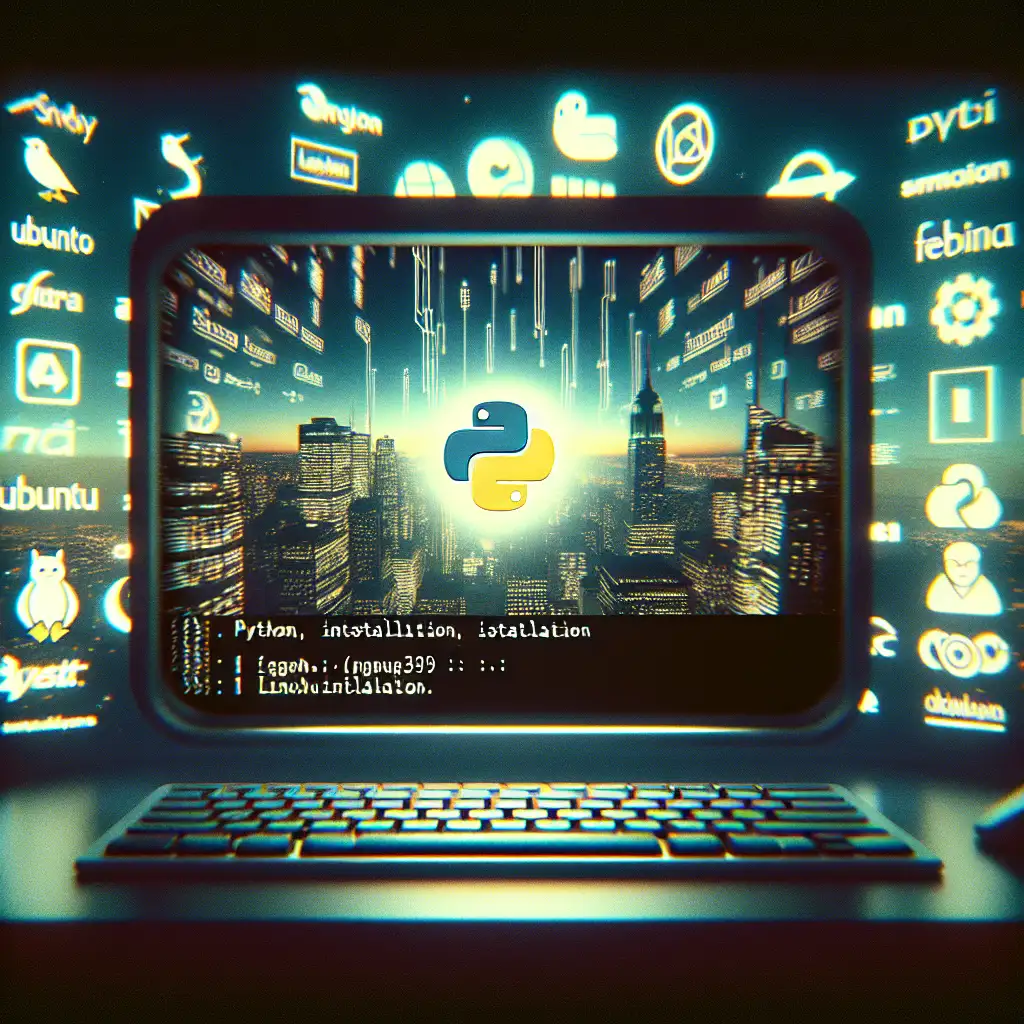Mastering Python Installation on Linux: From Package Managers to Source Compilation
Forget one-size-fits-all guides: discover why relying solely on your Linux distro's default Python might hold you back, and learn how picking the right installation method can future-proof your coding setup.
Python is the language for everything from quick scripting to large-scale application development. But on Linux, not all Python installations are created equal. Depending on how you install it—whether through package managers or by compiling from source—you can dramatically affect your workflow, environment stability, and compatibility with different projects.
In this post, I’ll walk you through the main methods to install Python on Linux, explain their pros and cons, and share practical examples so you can choose the best fit for your needs.
Why Not Just Use Your Distro’s Default Python?
Many Linux distributions come with Python pre-installed or easily available via their official repositories. While convenient, these versions can be outdated or tailored specifically for system tools—making them risky to mess with for development purposes.
- Version constraints: Your project might require a newer (or older) Python version than provided.
- System stability: Updating the distro’s default Python could break system components relying on a specific version.
- Multiple versions: Switching back and forth between projects needing different Python versions is tough without proper environment setup.
This is why mastering alternative installation methods empowers you to create a flexible and robust coding environment.
Method 1: Installing Python via Package Managers
Advantages
- Quick and easy
- Integrated with your distro’s update system
- Secure and tested packages
Disadvantages
- Often not the latest version
- Limited customization
- May conflict with system Python in some distros
For Debian/Ubuntu based systems:
sudo apt update
sudo apt install python3 python3-pip
Check installed version:
python3 --version
If you need a specific alternate version (say 3.10 when the default is 3.8):
sudo apt install python3.10 python3.10-venv python3.10-dev
Then explicitly call it via:
python3.10 --version
For Fedora/RHEL:
sudo dnf install python3 python3-pip
Or install a specific version module if available:
sudo dnf module list python38 # Example checking module availability
sudo dnf module enable python38
sudo dnf install python38 python38-pip
Pro tip:
Use virtual environments (python3 -m venv env) to isolate project dependencies regardless of system-wide versions.
Method 2: Using pyenv — Manage Multiple Versions Seamlessly
pyenv allows you to install multiple versions of Python side-by-side without worrying about system conflicts.
Installation (example for Ubuntu):
# Install dependencies for building Python versions:
sudo apt update && sudo apt install -y make build-essential libssl-dev zlib1g-dev \
libbz2-dev libreadline-dev libsqlite3-dev wget curl llvm libncurses5-dev libncursesw5-dev \
xz-utils tk-dev libffi-dev liblzma-dev python-openssl git
# Clone pyenv repo:
curl https://pyenv.run | bash
# Add pyenv to shell startup (.bashrc / .zshrc):
echo -e '\nexport PATH="$HOME/.pyenv/bin:$PATH"\neval "$(pyenv init --path)"\neval "$(pyenv virtualenv-init -)"' >> ~/.bashrc
source ~/.bashrc
# Install a specific Python version:
pyenv install 3.11.2
# Set global or local (per project) version:
pyenv global 3.11.2 # System-wide default for your user OR
cd your_project_folder && pyenv local 3.9.7 # Per-project override
# Verify:
python --version
Why pyenv?
- No need to mess with system packages.
- Easily switch between multiple installed versions.
- Integrates well with virtual environments (
pyenv virtualenv).
Method 3: Building Python from Source — Ultimate Customization
Want full control over your build flags, optimization options, or need bleeding-edge features? Compiling from source is the way.
Steps:
- Download source code
Get the latest stable release from python.org:
curl -O https://www.python.org/ftp/python/3.11.2/Python-3.11.2.tgz
tar xf Python-3.11.2.tgz
cd Python-3.11.2/
- Install build dependencies
Use your package manager to get required tools and libraries (example for Debian/Ubuntu):
sudo apt update && sudo apt install -y build-essential libssl-dev zlib1g-dev \
libbz2-dev libreadline-dev libsqlite3-dev wget curl llvm libncurses5-dev \
xz-utils tk-dev libffi-dev liblzma-dev uuid-dev
- Configure and compile
./configure --enable-optimizations --prefix=$HOME/python311_custom/
make -j$(nproc)
make install
- Add new Python binary to PATH
echo 'export PATH=$HOME/python311_custom/bin:$PATH' >> ~/.bashrc && source ~/.bashrc
- Verify
python3 --version # Should show newly built version if PATH is set correctly.
Why compile yourself?
- Customize features like enabling debugging symbols or optimizations.
- Deploy consistent builds across machines.
- Avoid distro package delays; get the absolute newest releases sooner.
Final Tips for Managing Your Python Environment on Linux
- Use virtual environments (
venvorvirtualenv) inside projects to manage dependencies cleanly. - Avoid changing or removing the system’s default Python installation; many Linux tools depend on it.
- Keep track of installed versions using tools like
pyenvor simply by directory conventions if compiling yourself.
Conclusion: Picking Your Best Installation Method
| Method | Pros | Cons | Best For |
|---|---|---|---|
| Distro Package Manager | Easy, stable, integrated | Often outdated | Quick setup & general purpose |
| pyenv | Multiple versions, shell-friendly | Extra layer of tooling | Developers switching between many projects |
| Source Compilation | Full control & customization | More complex & time-consuming | Power users needing bleeding-edge builds |
By understanding these installation options, you’ll be equipped not just to run any Python code flawlessly but also ensure that your environment remains stable and future-proof as projects evolve.
Ready to ditch restrictive defaults? Pick an approach above, follow along, and supercharge your Linux-based Python development today!
If you have questions or want me to do a follow-up post on managing virtual environments or Dockerizing your setups after installing Python on Linux — drop a comment below!
